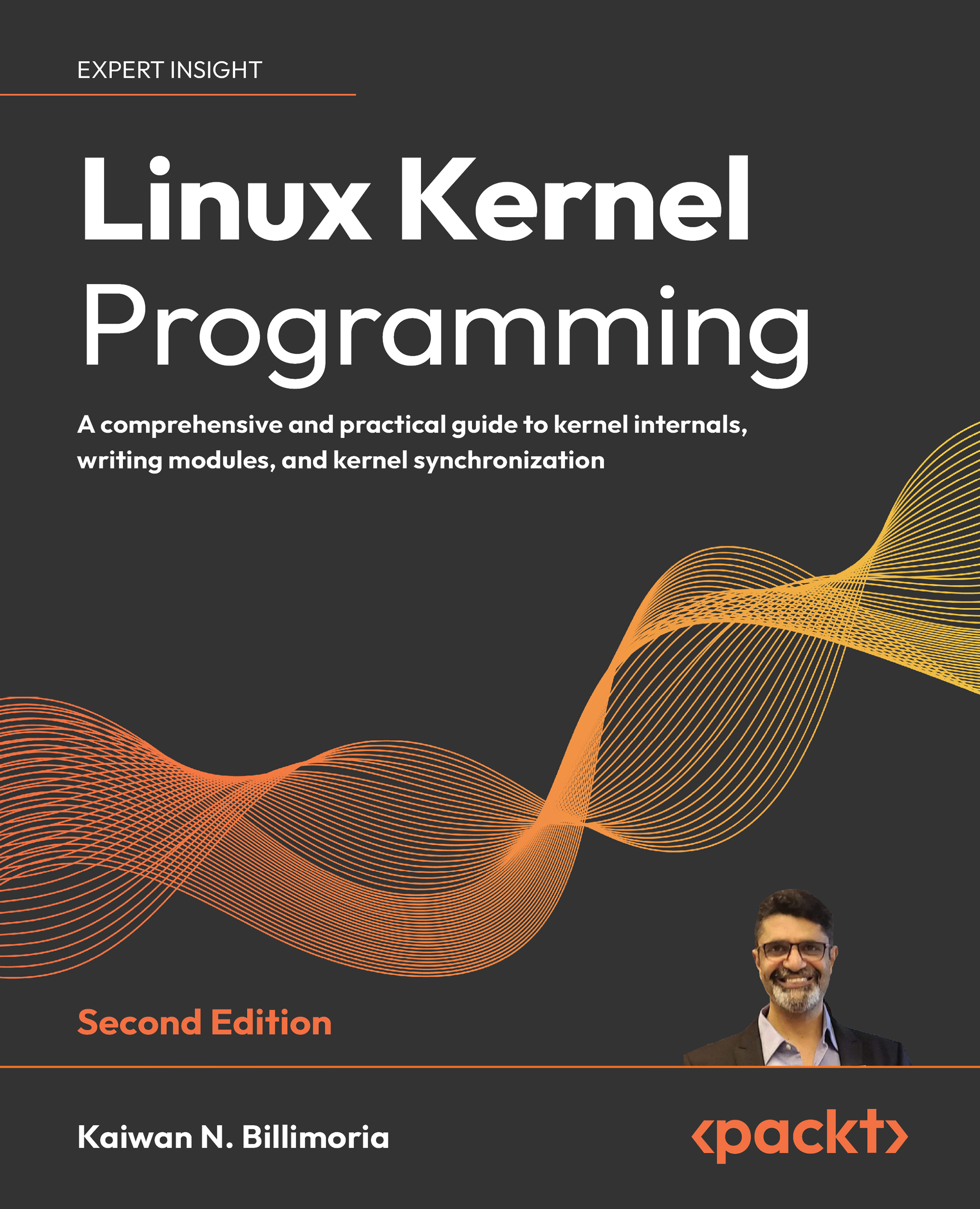Miscellaneous tips on the kernel build
We complete this chapter on building the Linux kernel from source with a few tips. The reason, of course, is that everything may not always go as smoothly as we’d wish it to. Each of the following subsections encapsulates a tip for you to take note of.
Often a point of confusion for folks new to this: once we configure, build, and boot from a new Linux kernel, we notice that the root filesystem and any other mounted filesystems remain identical to what was on the original (distro or custom) system. Only the kernel (and the initramfs image) has changed.
This is entirely intentional, due to the Unix paradigm of having loose coupling between the kernel and the (real) root filesystem. Since it’s the root filesystem that holds all the applications, system tools, and utilities, including libraries, in effect, we can have several kernels (to suit different product flavors, perhaps) for the same base system.

































































